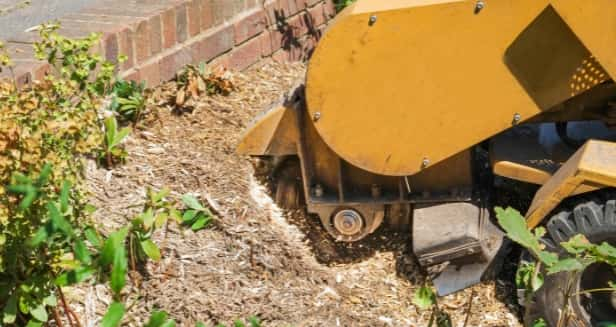Introduction: As the saying goes, “You reap what you sow.” This adage holds especially true when it comes to fruit trees. Whether you’re a passionate gardener or a commercial orchard owner, the quality of fruit harvested is paramount. While factors like soil quality, water, and sunlight play significant roles, one often overlooked aspect is tree maintenance. Trimming trees isn’t just about aesthetics; it directly impacts fruit quality. In this blog post, we delve into why trimming trees is essential for improving fruit quality.
Promotes Air Circulation:
- One of the primary benefits of trimming trees is improved air circulation. Dense foliage can create a microclimate within the tree, increasing humidity and reducing airflow. Such conditions are conducive to fungal diseases and pests, which can hamper fruit development. By selectively pruning branches, you open the canopy, allowing for better air circulation. This reduces the risk of diseases and ensures that fruits receive adequate sunlight and airflow, promoting healthy growth.
Enhances Sunlight Penetration:
- Sunlight is vital for photosynthesis, where plants convert light energy into sugars essential for fruit development. Overgrown branches and dense foliage can obstruct sunlight from reaching the tree’s lower branches and fruit-bearing parts. Trimming trees strategically helps optimise sunlight penetration throughout the canopy. This ensures all tree parts receive adequate sunlight, yielding uniform fruit ripening and improved sweetness.
Thinning Improves Nutrient Distribution:
- Trees have finite resources, and when too many fruits compete for these resources, it can result in stunted growth and inferior fruit quality. Thinning, a practice of selectively removing excess fruits, allows the tree to allocate its resources more efficiently. Trimming excess fruits ensures that the remaining ones receive ample nutrients and water, resulting in larger, juicier, and sweeter fruits.
Shapes Trees for Better Fruit Production:
- Pruning isn’t just about removing unwanted branches; it’s also about shaping the tree for optimal fruit production. Proper pruning encourages the development of strong, fruit-bearing branches while eliminating weak or overcrowded ones. This improves fruit quality and makes harvesting easier and more efficient. Moreover, well-shaped trees are less prone to structural issues like branch breakage, ensuring a bountiful harvest season after season.
Prevents Overcrowding and Competition:
- In a densely populated tree, fruits may compete for sunlight, water, and nutrients. This can lead to smaller, less flavorful fruits. Regular trimming helps prevent overcrowding by maintaining an optimal distance between branches and fruits. By reducing competition, each fruit receives the attention it needs to reach its full potential, resulting in higher-quality yields.
Conclusion: The importance of trimming trees cannot be overstated in fruit tree cultivation. From promoting air circulation and sunlight penetration to enhancing nutrient distribution and shaping trees for better fruit production, trimming is crucial in improving fruit quality. Whether you’re a homeowner with a backyard orchard or a commercial grower, investing in regular tree maintenance can significantly impact the quantity and quality of your harvest. So, remember to give your fruit trees the care they deserve, and you’ll surely reap the sweet rewards come harvest time.
Call us on: 023 8235 3287
Click here to find out more about LM Tree Surgery Portsmouth
Click here to complete our contact form and see how we can help with your tree’s needs.

